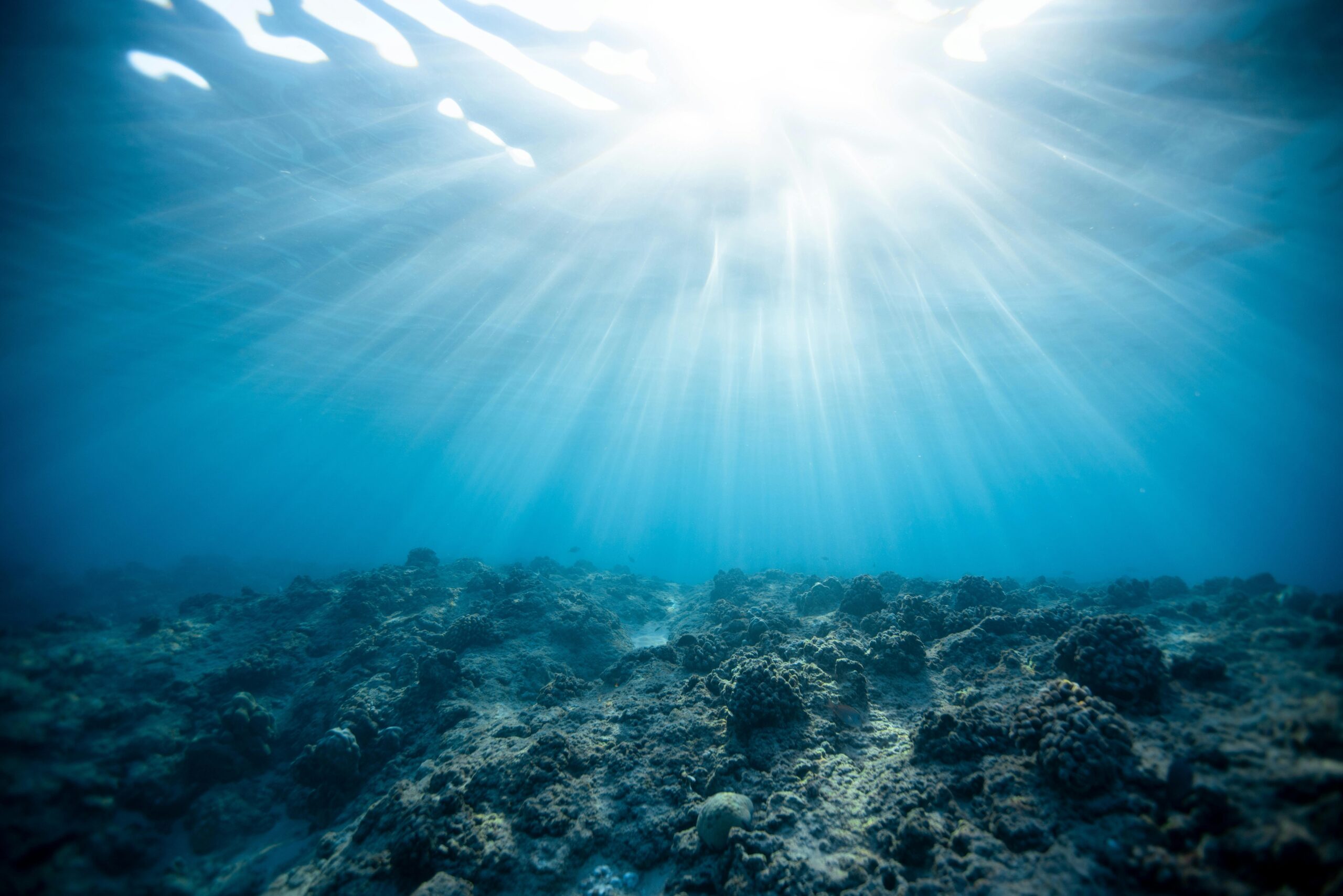The vast majority of the planet’s deep seafloor remains unexplored, according to a new study. Less than 0.001% of this expansive area has been directly observed by humans, an area roughly the size of Rhode Island.
While tools like sonar can map the seafloor’s shape, deploying cameras beyond 200 meters, where sunlight fades and waters become dark and cold, is a significant challenge. This region is considered the “deep sea.”
Researchers compiled data from over 43,000 expeditions conducted since 1958, using robotic vehicles, manned submersibles, and static platforms. However, most of these efforts were concentrated near the United States, Japan, and New Zealand, leaving vast areas like the Indian Ocean largely unexplored.
Past explorations have revealed unique habitats, such as hydrothermal vents and cold seeps, which support unusual life forms. However, limited and uneven coverage means that knowledge of the deep seafloor remains fragmented.
Experts emphasize that better understanding these deep ecosystems is crucial, as they are connected to processes affecting the planet’s surface. They also highlight the need for affordable, accessible technologies to expand exploration of these uncharted environments.



